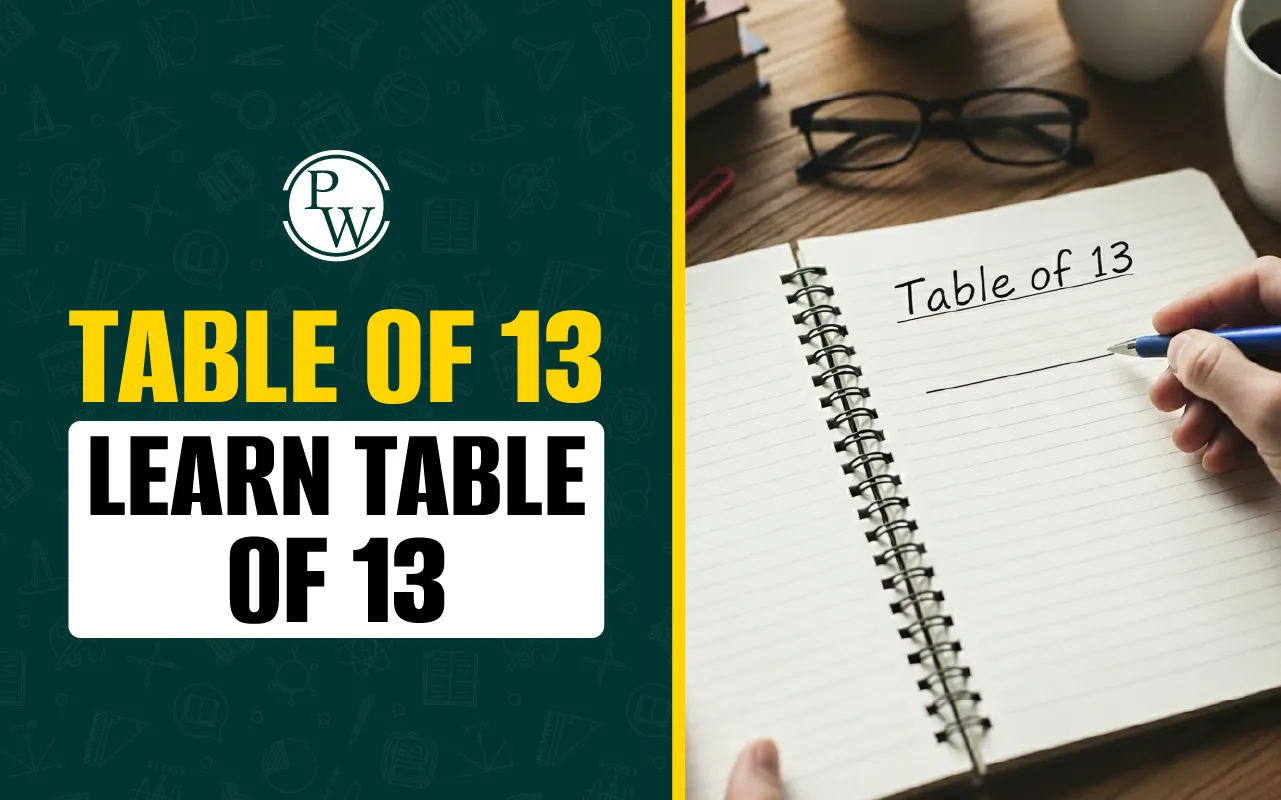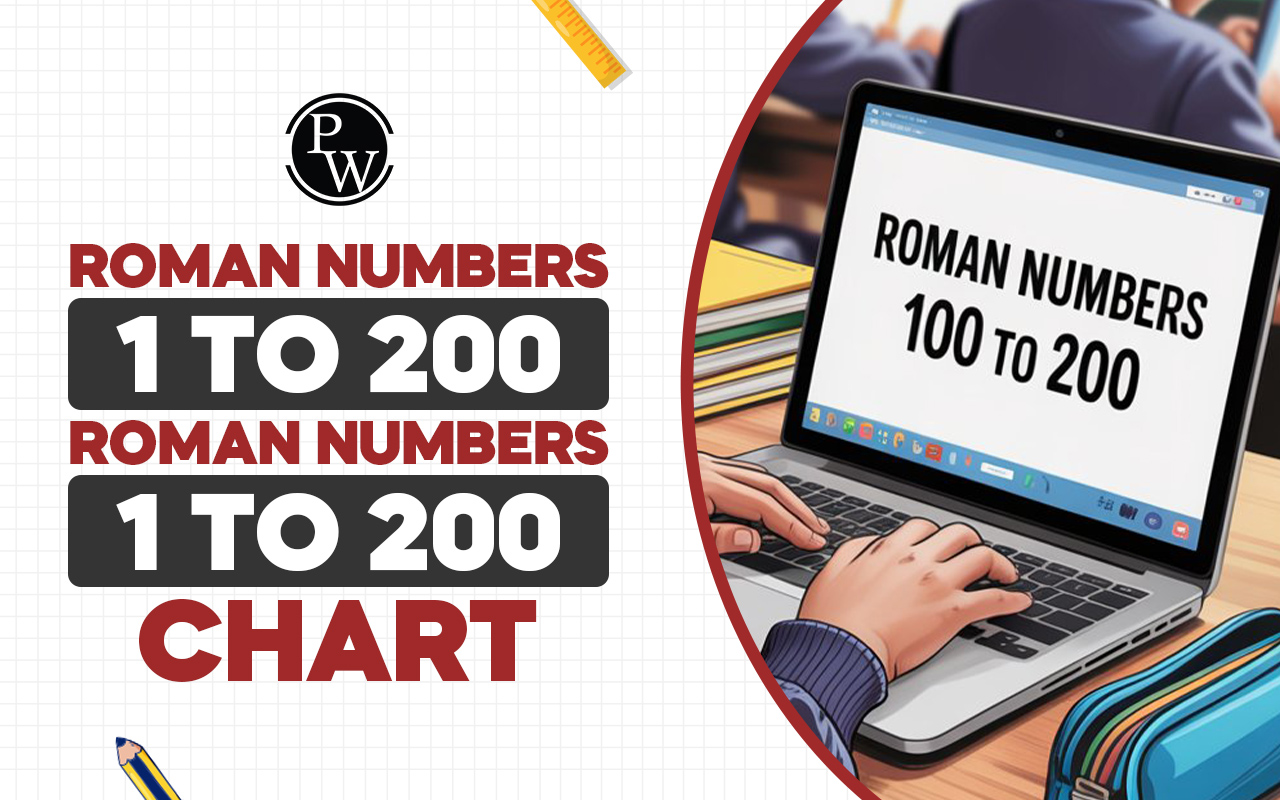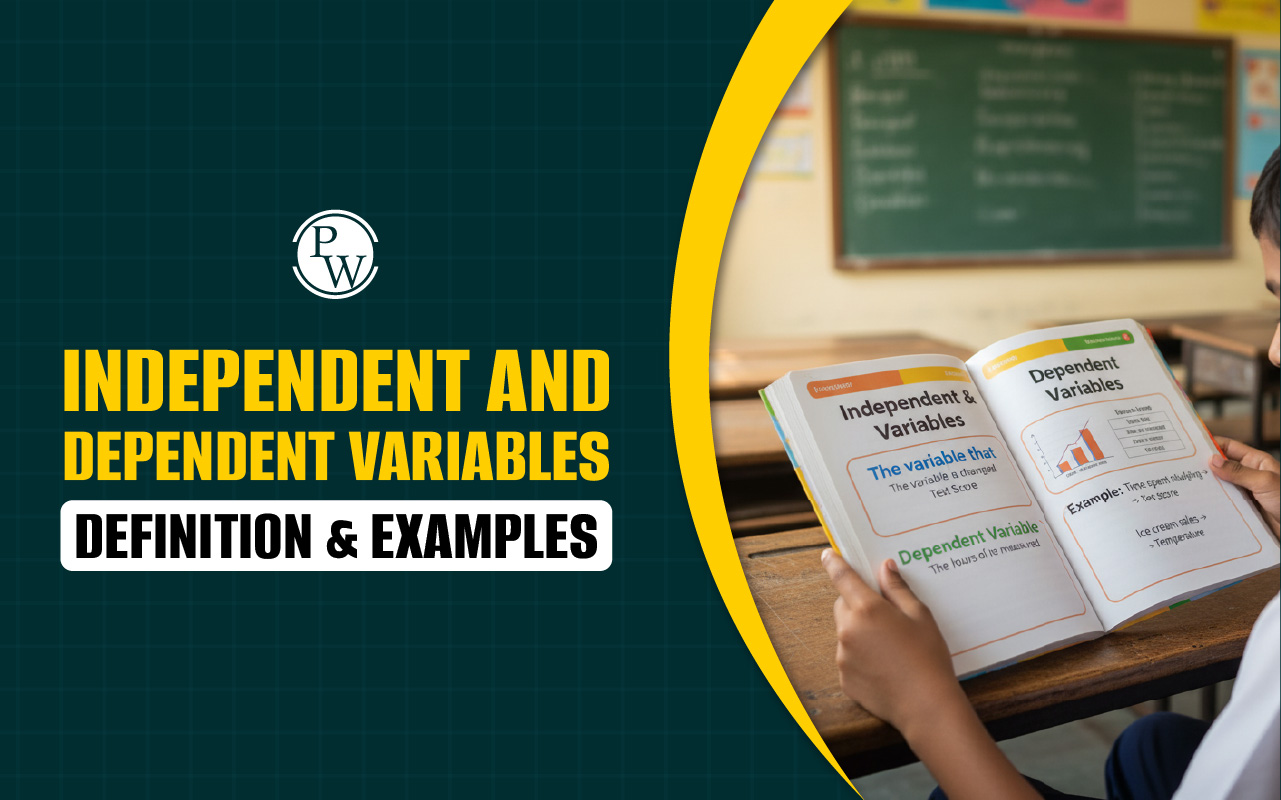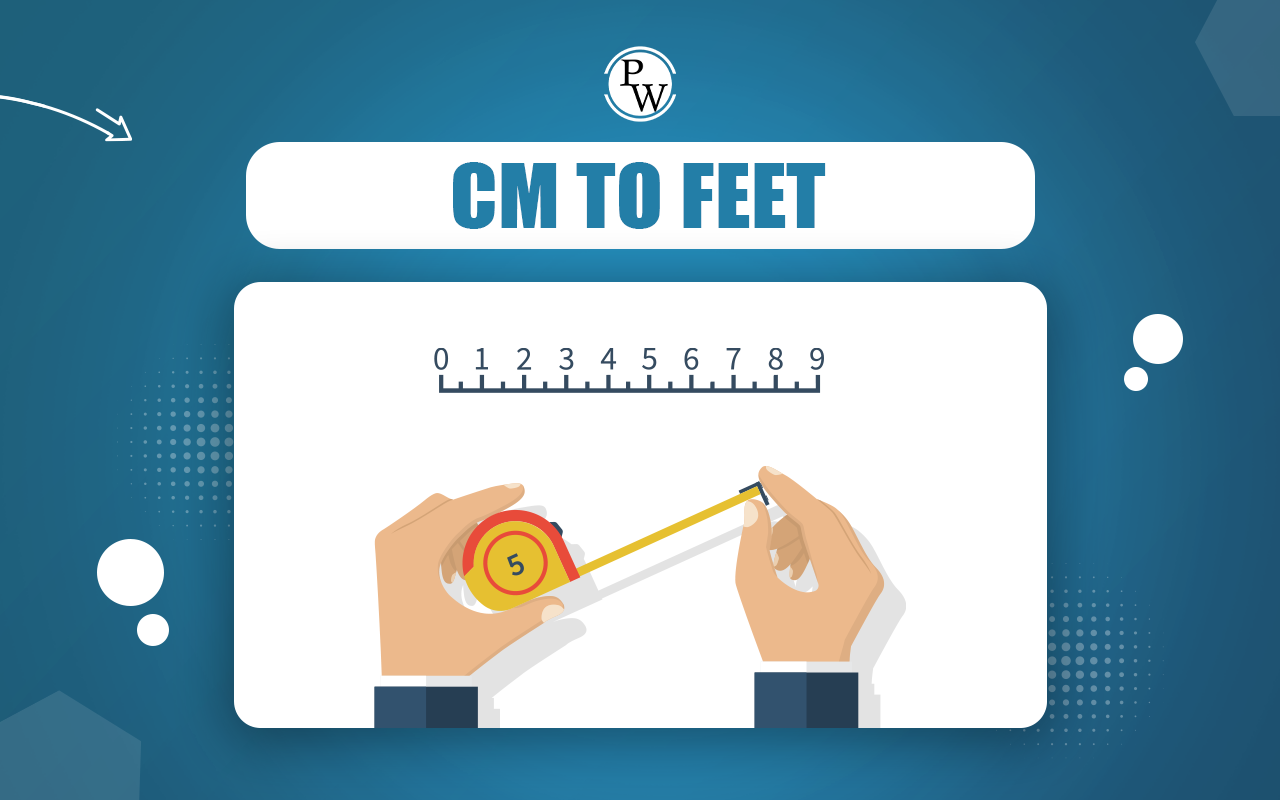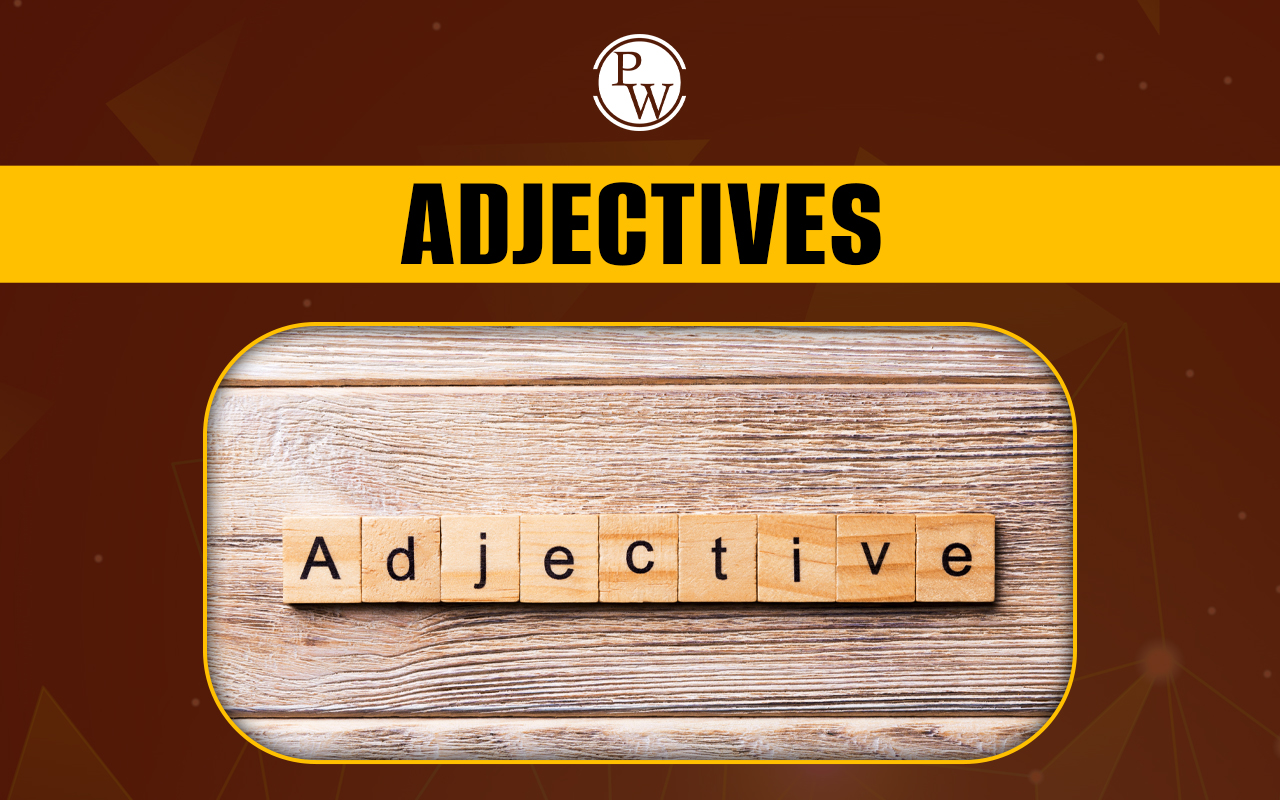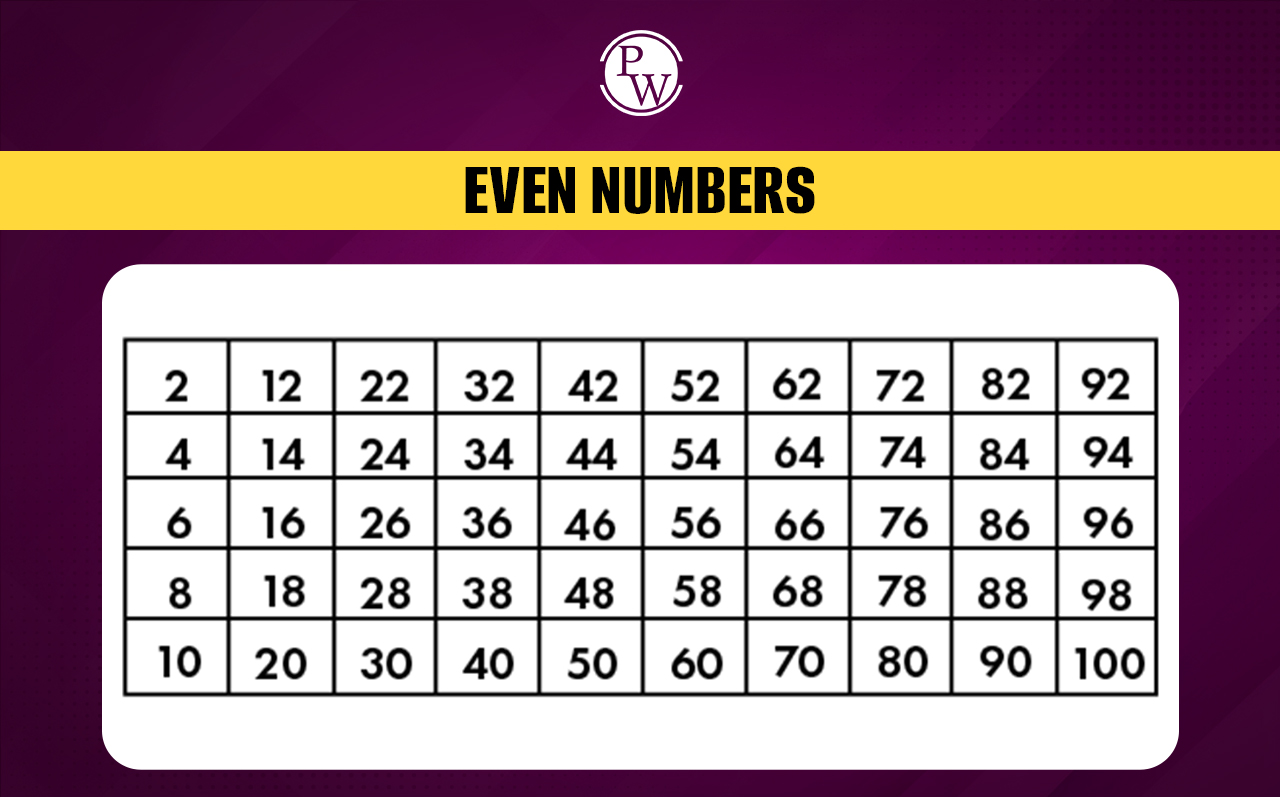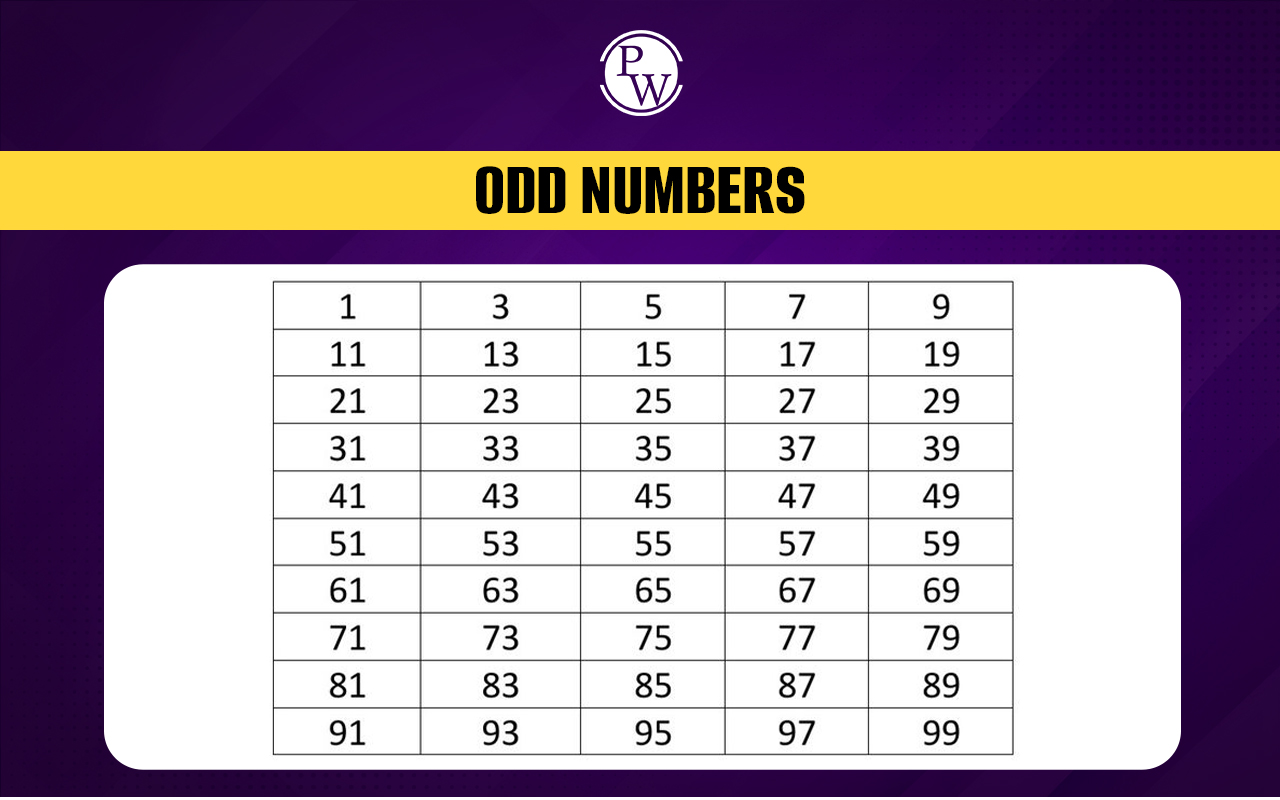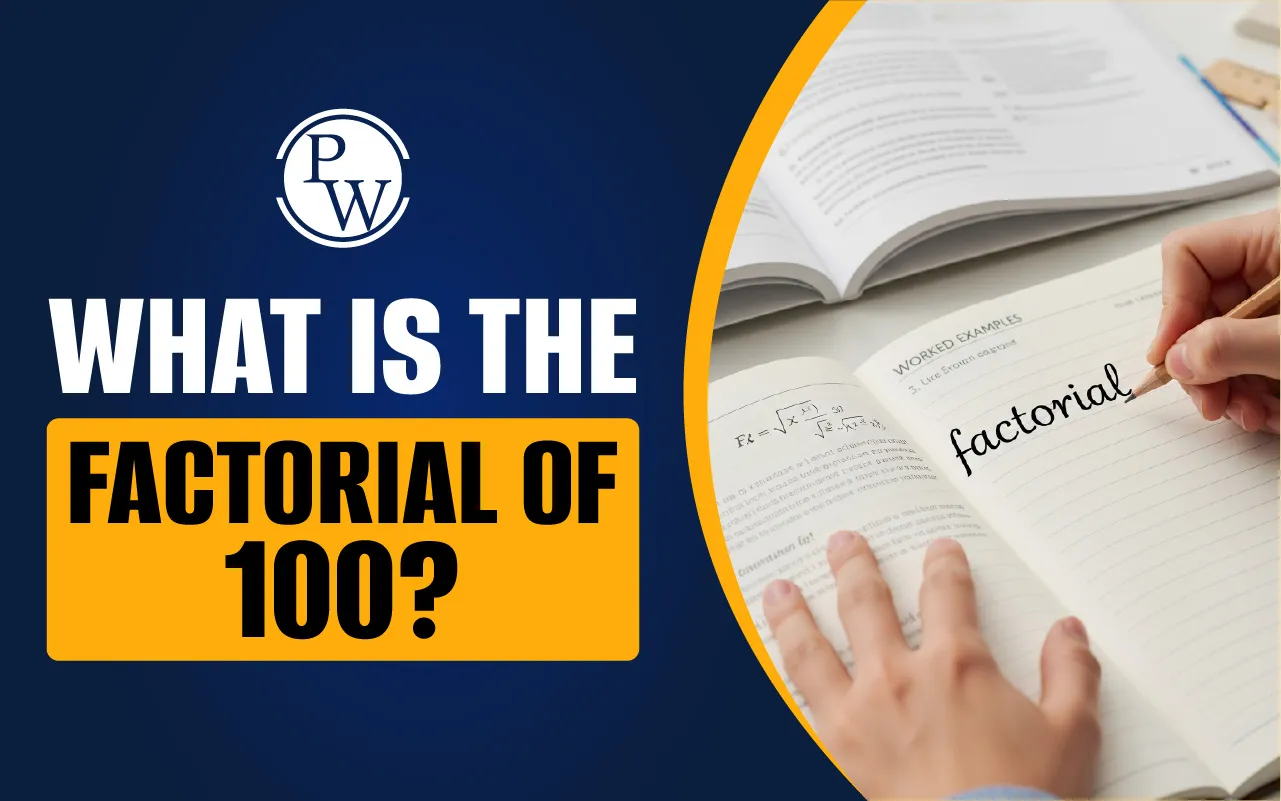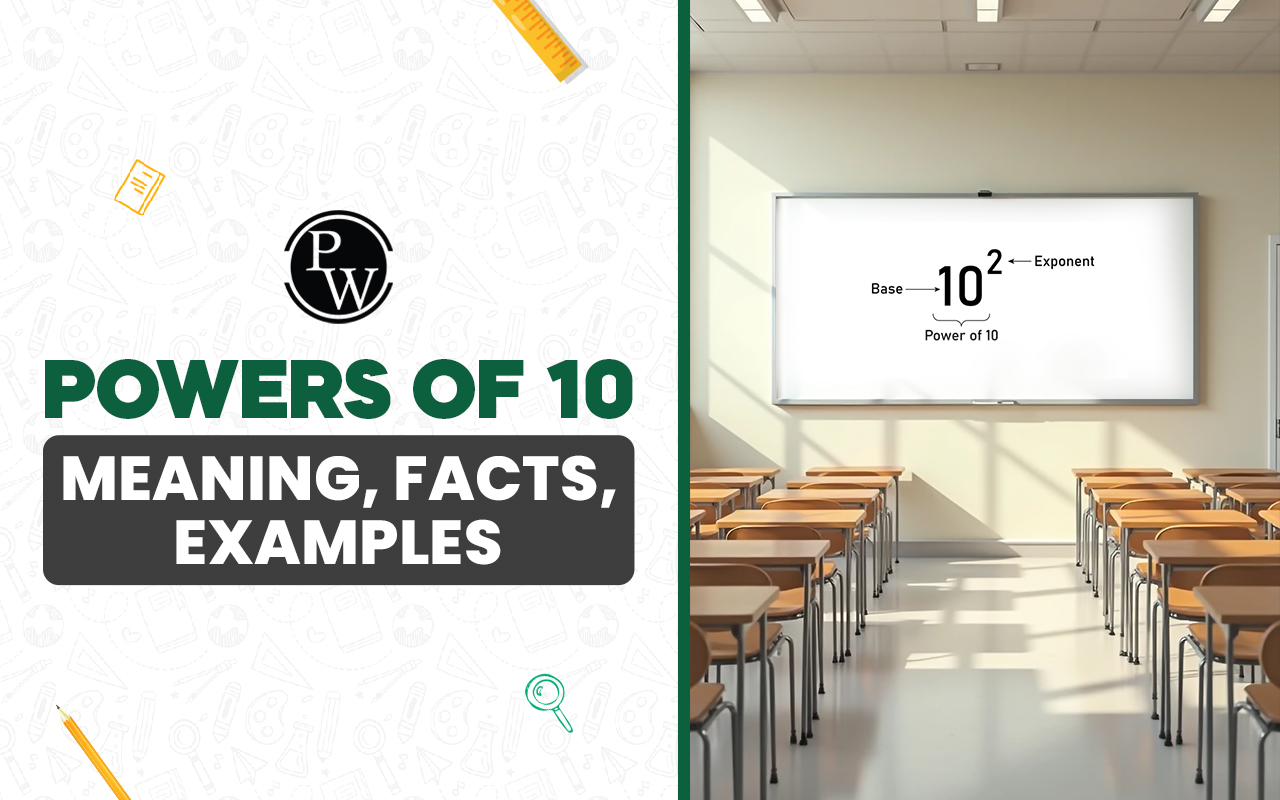
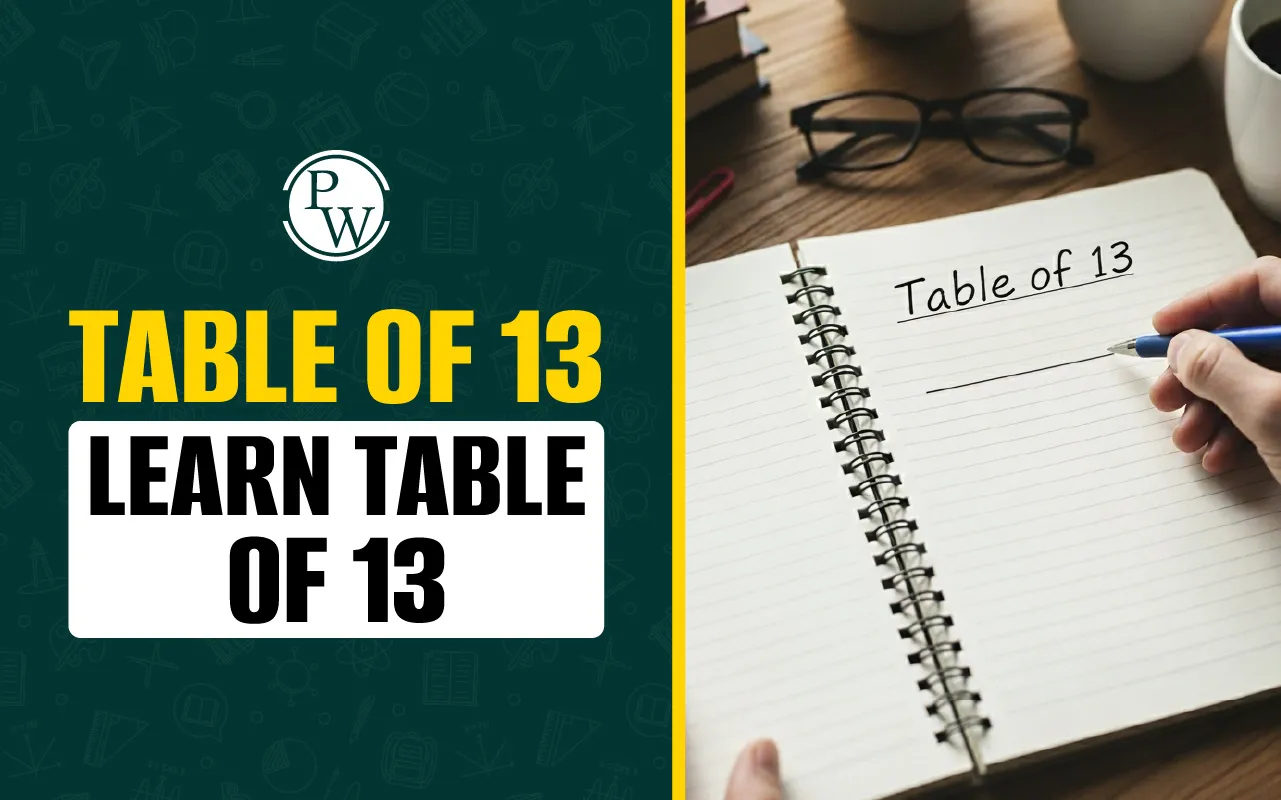
Table of 13 is all about multiplying 13 by whole numbers. By learning the 13 times table, children can solve math problems more easily, both in school and at home. Along with the multiplication table of 13, children should also learn its division facts. For example, 39 ÷ 13 = 3, 52 ÷ 13 = 4, and 65 ÷ 13 = 5.
Learning and practicing both the multiplication table of 13 up to 20, along with division, helps children in solving problems with bigger numbers confidently as they move to higher classes. Keep reading to learn more about the table of 13, along with easy tricks to remember it.
Read More: 2 to 30 Tables
Multiplication Table of 13
Multiplication table of 13, or the 13 times table, gives the multiples of 13, which are the result of multiplying 13 by whole numbers. Children can also write the table using repeated addition. Find the multiplication table of 13 here:
Table of 13 Up To 10
Children should first start learning the table of 13 up to 10 because it is easy to learn and helps them in solving common number-related problems in maths. Here is the table of 13 up to 10:
|
13 Times Table Up To 10 |
|
|
13 × 1 = 13 |
13 × 6 = 78 |
|
13 × 2 = 26 |
13 × 7 = 91 |
|
13 × 3 = 39 |
13 × 8 = 104 |
|
13 × 4 = 52 |
13 × 9 = 117 |
|
13 × 5 = 65 |
13 × 10 = 130 |
Table of 13 Up To 20
After learning the table of 13 up to 10, children can move on to the table of 13 up to 20. When children know the table of 13 up to 20, they get better at counting and solving questions that have bigger numbers. Find the complete table of 13 up to 20 below.
|
Table of 13 Up To 20 |
|
|
13 × 11 = 143 |
13 × 16 = 208 |
|
13 × 12 = 156 |
13 × 17 = 221 |
|
13 × 13 = 169 |
13 × 18 = 234 |
|
13 × 14 = 182 |
13 × 19 = 247 |
|
13 × 15 = 195 |
13 × 20 = 260 |
Tricks to Learn the 13 Multiplication Table
The table of 13 can seem tough to remember at first, but with a few simple tricks, children can recall it easily and have fun while learning. Here are some tricks to remember the 13 multiplication table:
Add It Up
In this trick, we break 13 into two parts: 10 and 3. First, write the multiples of 10 (10, 20, 30…) and the multiples of 3 (3, 6, 9…). Then add them together to get the multiples of 13. Check the example of the table of 13 up to 20 using this trick:
-
13 × 1 = 10 + 3 = 13
-
13 × 2 = 20 + 6 = 26
-
13 × 3 = 30 + 9 = 39
-
13 × 4 = 40 + 12 = 52
-
13 × 5 = 50 + 15 = 65
-
13 × 6 = 60 + 18 = 78
-
13 × 7 = 70 + 21 = 91
-
13 × 8 = 80 + 24 = 104
-
13 × 9 = 90 + 27 = 117
-
13 × 10 = 100 + 30 = 130
-
13 × 11 = 110 + 33 = 143
-
13 × 12 = 120 + 36 = 156
-
13 × 13 = 130 + 39 = 169
-
13 × 14 = 140 + 42 = 182
-
13 × 15 = 150 + 45 = 195
-
13 × 16 = 160 + 48 = 208
-
13 × 17 = 170 + 51 = 221
-
13 × 18 = 180 + 54 = 234
-
13 × 19 = 190 + 57 = 247
-
13 × 20 = 200 + 60 = 260
This makes it easier to calculate each multiple instead of memorizing the whole table of 13 at once.
Read More: Tables 1 to 20
Use Repeated Addition
Another simple trick is to keep adding 13 repeatedly. Start with 13 and keep adding 13 to the previous number. For example, here is the 13 multiplication table using the repeated addition trick:
-
13 × 1 = 13
-
13 × 2 = 13 + 13 = 26
-
13 × 3 = 26 + 13 = 39
-
13 × 4 = 39 + 13 = 52
-
13 × 5 = 52 + 13 = 65
-
13 × 6 = 65 + 13 = 78
-
13 × 7 = 78 + 13 = 91
-
13 × 8 = 91 + 13 = 104
-
13 × 9 = 104 + 13 = 117
-
13 × 10 = 117 + 13 = 130
This method also shows the pattern in the multiplication table of 13.
Skip Counting
Children can practice skip counting by 13. Say the numbers out loud while counting: 13, 26, 39, 52… This helps in remembering the sequence of multiples. By practicing these tricks on a daily basis, children can memorize the table of 13 quickly and solve multiplication problems with confidence.
Read More: Table of 8
Tips to Make Learning the Table of 13 Fun for Your Child
Learning the table of 13 can be fun for your child if you use simple and creative ways at home. Kids enjoy learning more when it feels like a game or activity rather than just memorizing numbers. So, here are some tips that, as a parent, you can use to make learning the 13th tables maths fun for your child:
-
Use Colors: Write the table of 13 in bright and different colors. Seeing the numbers in colors makes it more interesting and easier to remember for children.
-
Say It Out Loud: Encourage your child to read the numbers aloud while learning the 13 multiplication table. Saying the numbers loudly helps them remember better.
-
Use Different Objects: Count using coins, beads, or small toys in groups of 13. This helps children see the numbers and understand multiplication in a practical way.
-
Flashcards: Make simple cards with a multiplication question on one side and the answer on the other. Your child can also play with a friend using them.
-
Make it a Game: Turn practice into a small challenge. For example, time them while saying the table of 13 and give them a reward once they complete it correctly. Games make learning more interesting for kids and encourage regular practice.
Hence, help your child practice the table of 13 with games, colorful charts, or small objects to make it easy to remember. Daily practice boosts their confidence and makes multiplication less difficult.
Solved Examples on Table of 13
Table of 13 is useful for solving many types of questions in daily life and in school. Questions about counting objects, adding items in groups, and finding the total distance traveled, among others, are generally asked in exams. These solved examples help children understand how to use the 13 multiplication table in real time while solving questions:
Example 1. A fruit seller packs 13 apples in one box. How many apples are there in 7 boxes?
Solution: Number of apples in one box = 13
So, the total number of apples in 7 boxes = 13 × 7 = 91
Hence, there are 91 apples in 7 boxes.
Example 2. A notebook has 13 pages. How many pages are there in 5 such notebooks?
Solution: Number of pages in one notebook: 13
So, pages in 5 notebooks = 13 × 5 = 65
Hence, there are 65 pages in 5 notebooks.
Example 3. A school has 13 benches in a row. If each bench has 4 students, how many students are there in total?
Solution: Number of benches in one row = 13
Students in each bench = 4
So, the number of total students = 13 × 4 = 52
Hence, there are 52 students in total.
Example 4. A chocolate box contains 13 chocolates. How many chocolates are there in 9 boxes?
Solution: Number of chocolates in a box = 13
So, the total number of chocolates in 9 boxes = 13 × 9 = 117
Hence, there are 117 chocolates in 9 boxes.
Example 5. A car travels 13 km every hour. How far will it travel in 6 hours?
Solution: Distance covered by car in an hour = 13 km
So, the total distance covered by the car in 6 hours = 13 × 6 = 78
Hence, the car will travel 78 km in 6 hours.
Also read: Table of 7
Make Mental Maths Fun and Easy for Your Child With CuriousJr
Many parents worry that their child takes too long to solve even simple math problems or depends on fingers and calculators for basic calculations. This can slow down your child’s learning and can also affect their marks in maths.
Strong calculation skills are important because they help children solve questions quickly, reduce mistakes, and build confidence in maths. CuriousJr’s Mental Maths Online Classes are designed to help children overcome these challenges.
-
With live interactive sessions, fun games, shortcuts, and over 50 mental math tricks, your child can learn to solve problems faster and more confidently.
-
Dedicated teachers provide guidance, homework support, and doubt resolution.
-
With daily performance tracking, you can follow your child’s consistent improvement.
Give your child the right support to become quicker, sharper, and more confident in maths. Book a demo class today.
Table of 13 FAQs
What is the table of 13 in math?
How many times of 13 is 234?
How to learn the 13 multiplication table?
Why is the 13th table in maths important?
How many times of 13 is 117?

